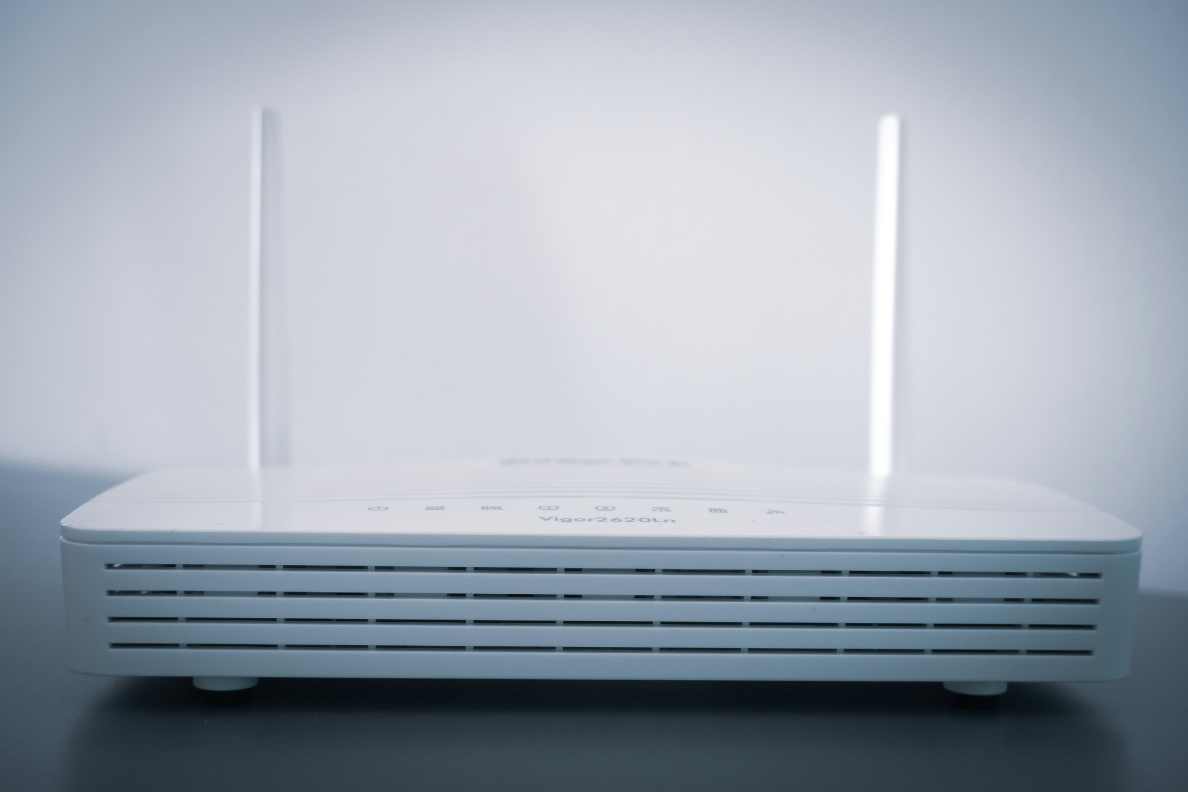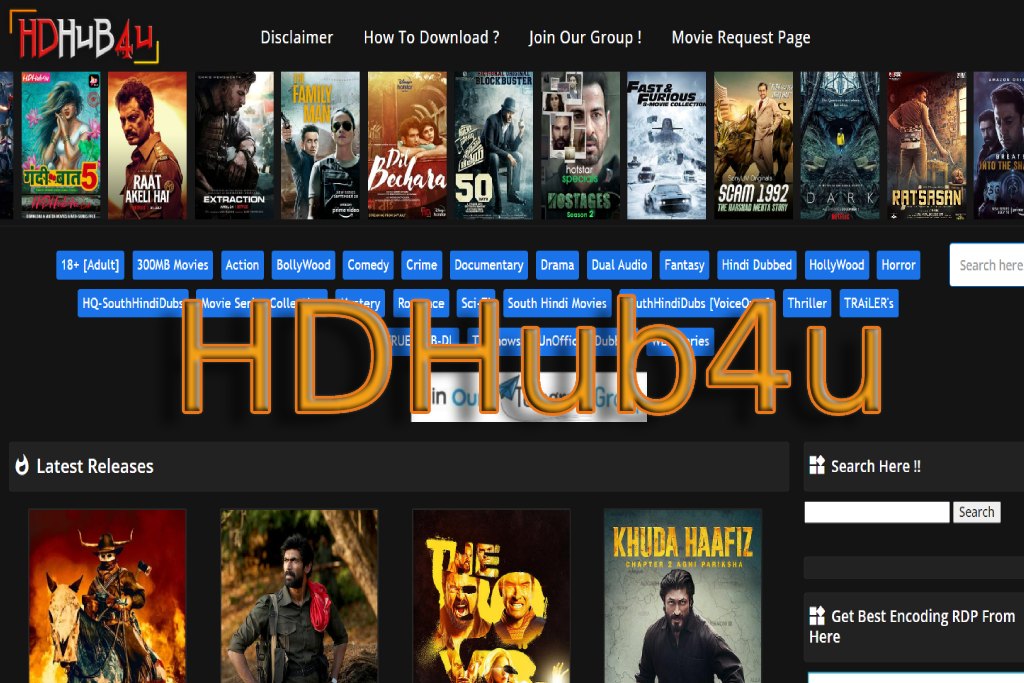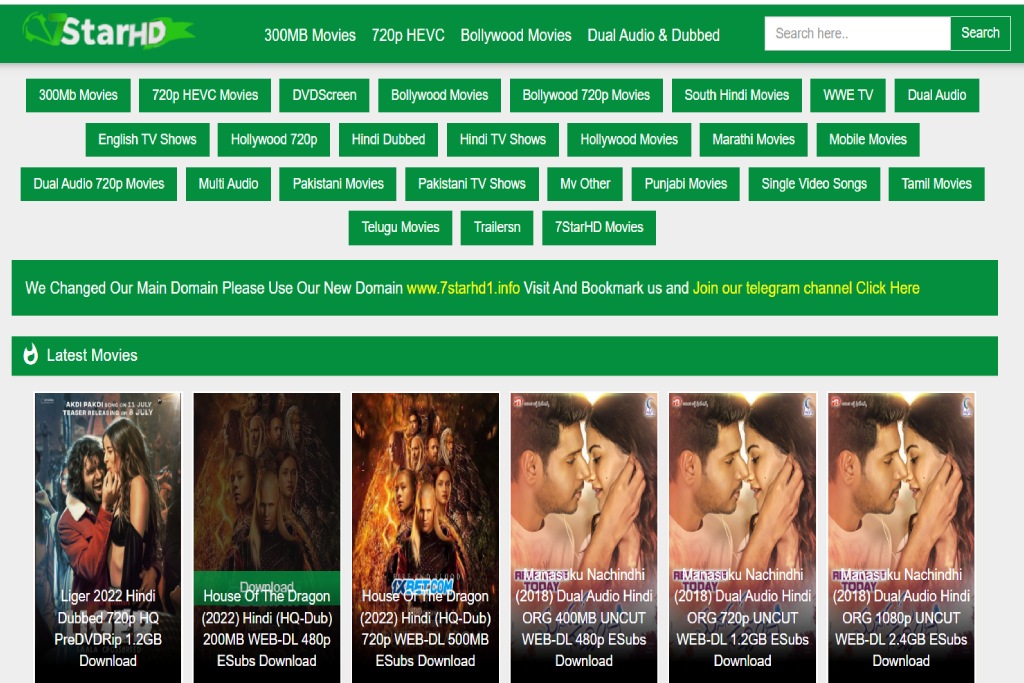What Is The Difference Between Broadband And Leased Line Connection?

The internet has become a part of daily life. It contributes to everything from entertainment to business operations. The choice of connection type is crucial because there are so many options. Two of the most popular choices include broadband and leased line connections. These are used for a different purpose. Broadband is common in homes and small offices. A leased line broadband connection is favoured by businesses that need guaranteed speed and reliability.
In this article, we discuss the comparison between leased line vs broadband and leased line broadband prices so you can make the right choice.
Table of Contents
What Is Leased Line Broadband?
A leased line broadband connection is a reliable internet line that offers fixed bandwidth to one customer only. Leased lines ensure your company has uninterrupted capacity, unlike regular broadband.
Some of the key characteristics of leased line broadband are:
● Similar upload and download speeds are referred to as symmetrical speeds.
● There will be no fluctuation during peak hours.
● The level of support includes proactive monitoring and priority-based troubleshooting.
This makes leased line broadband a favourite for companies that rely on continuous connectivity and video conferencing.
Understanding Broadband Connections
Broadband is the most popular internet solution for small businesses and domestic homes. It provides high advertised speeds at reasonable monthly rentals. The performances may vary with network load. Actual throughput tends to fall off in peak hours because the infrastructure is being shared between many users.
Broadband is ideal for activities such as:
● Watching movies and TV shows
● Recreational online gaming
● Distance learning and video conferencing
● General use work-from-home
Its affordability and extensive reach make broadband the top priority for homes and budget-conscious offices.
Broadband vs Leased Line: Key Differences
Some basic differences come into the picture when leased line vs broadband are compared:
1. Bandwidth Sharing
➔Broadband: Shared between different users. This results in inconsistent performance..
➔Leased line: Reserved solely for one customer.
2. Speed Symmetry
➔Broadband: High-speed downloads but low-speed uploads.
➔Leased line: Down and upload speeds are equal.
3. Reliability
➔Broadband: Delivered on a best-effort basis. There will be no guarantees.
➔Leased line: SLA-supported with uptime guarantees. It is usually over 99.5%.
4. Latency
➔Broadband: May rise during high traffic.
➔Leased line: Consistently low. It is best for VoIP and real-time collaboration.
5. Support
➔Broadband: Typical customer service channels.
➔Leased line: Proactive monitoring and dedicated account managers.
Speed and Performance: A Clear Advantage for Leased Line
The performance disparity between broadband and leased lines is most apparent in consistency. The speeds of broadband tend to vary depending on patterns of usage throughout the network.
The bandwidth you buy is all yours with a leased line broadband connection. The leased lines are particularly worth it for businesses that deal in video calls and mission-critical applications that cannot withstand performance fluctuations.
Leased Line Broadband Prices vs Standard Broadband Plans
Pricing is where the difference between the two connections becomes most obvious.
Broadband Plans:
Consumer broadband is very reasonably priced. For instance, ACT Fibernet offer various plans with different options. These plans are ideal for residences and small groups who are looking for high-speed internet with competitive pricing.
Leased Line Broadband Prices:
Leased line pricing is tailored to the specific requirements. Bandwidth needs and SLA obligations all have an impact on price. Providers typically make custom quotes upon evaluating a business’s requirements. Leased lines provide unparalleled dependability and long-term value for businesses.
When To Choose Broadband?
Broadband is the appropriate choice if your needs are basic and cost-effectiveness is a concern. It suits well for:
● Families browsing and taking online classes.
● Small offices where occasional slowdowns can be tolerated.
● Freelancers and professionals require high speed at a reasonable price.
Broadband plans are widely available and have several advantages.
When To Choose A Leased Line?
A leased line broadband connection is the better choice for businesses where downtime is not an option. Consider leased lines if:
● Your company relies heavily on cloud-based platforms and SaaS tools.
● You host servers or run data centres requiring continuous uptime.
● You manage call centres or real-time financial trading.
● You need secure point-to-point connectivity between multiple branches.
The premium leased line broadband prices are justified through the assured performance and enterprise service.
Managed Services and Enterprise Features
Another aspect of comparing leased line vs broadband is the added services that come with leased lines. They are:
● 24/7 proactive monitoring to catch problems early.
● Redundancy and failover solutions for continuous connectivity.
● Dedicated support teams and account managers.
● Security features like encrypted or secure leased line connections.
These characteristics cut down IT overhead for companies and provide operational reliability. Ordinary broadband does not offer such enterprise-class features.
Common Myths About Broadband and Leased Line
There are several misconceptions about these two services:
● Myth 1: Leased lines are only about higher speed.
Reality: The key value lies in guaranteed consistency and SLAs.
● Myth 2: Broadband is always cheaper in the long run.
Reality: Businesses may lose more in productivity and downtime costs than they save in lower rentals.
● Myth 3: Small businesses do not need leased lines.
Reality: SMEs adopting cloud platforms or VoIP often see major benefits from leased connections.
Evaluating Leased Line Broadband Prices and Vendors
When assessing providers, businesses should look beyond cost and evaluate:
- SLA commitments on uptime and latency.
- Redundancy measures to handle outages.
- Backbone network capacity to ensure scalability.
- Support responsiveness and escalation procedures.
- Additional charges, such as installation or equipment fees.
Operators such as ACT Fibernet create customised and flexible leased line broadband solutions that are supported by enterprise-level support. Businesses can only pay for the features they actually require.
Final Thoughts
The leased line vs broadband decision is solely based on usage needs. Consumer broadband is a cost-effective and dependable alternative for domestic homes and small offices. It strikes a balance between price and speed for general purposes such as streaming and work-from-home.
A leased line broadband connection is the better option for businesses that require constant connectivity and SLA-guaranteed uptime. The value is in reliability and extended productivity. Organisations and individuals can make informed selections about the connection that best complements their objectives by knowing what is leased line broadband and how it differs from the normal one.






